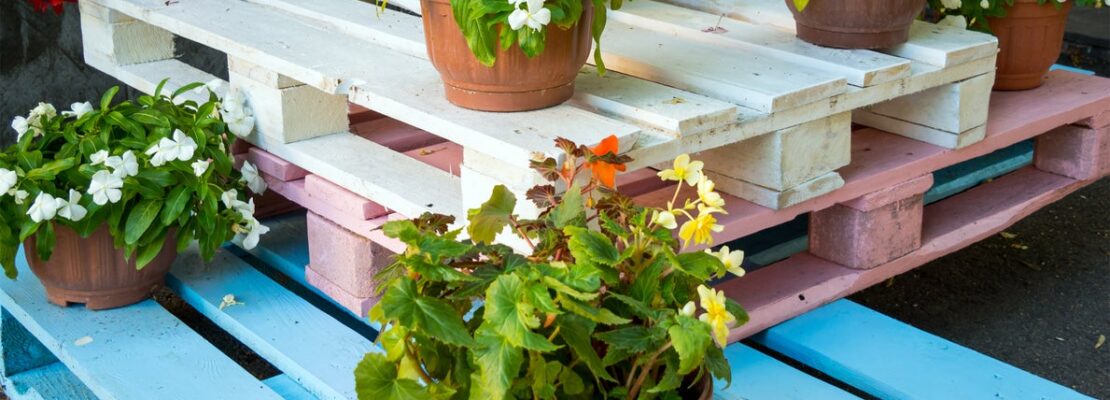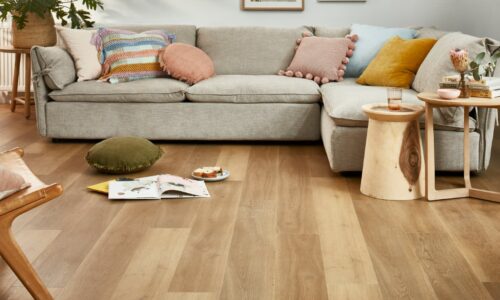For many people, gardening isn’t merely a hobby; it’s a way of life that fosters a deep connection with nature while nurturing a sanctuary of greenery and tranquillity. Yet, in our pursuit of vibrant blooms and flourishing foliage, it’s easy to overlook the environmental impact of our gardening practices.
One approach gaining traction among environmentally conscious gardeners is the art of material reuse. By repurposing materials in our gardens, we not only reduce waste but also unlock a myriad of benefits for both the environment and our green spaces. In this article, we look at the many advantages of reusing materials in your garden, as well as providing resourceful solutions to help update your space. Let’s take a look…
Environmental Conservation
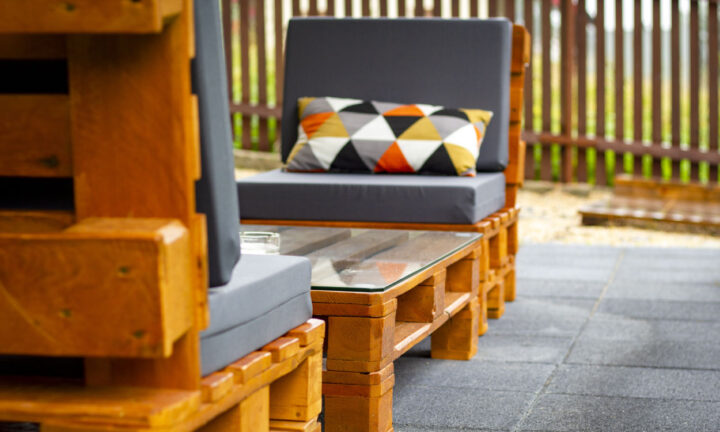
One of the foremost advantages of reusing materials in gardening is its positive impact on the environment. With landfills brimming and natural resources depleting, every effort to reduce waste counts. By salvaging and repurposing materials such as timber, plastic containers, or old furniture, gardeners contribute to the conservation of resources and the reduction of carbon emissions associated with manufacturing new products.
Repurposing wooden pallets for homemade outdoor furniture offers a sustainable and budget-friendly way to create unique pieces for your garden or patio. With a bit of creativity and DIY skills, pallets can be transformed into stylish chairs, tables, and even loungers. Their rustic charm adds character to outdoor spaces while reducing waste and embracing eco-friendly design principles.
Cost-Effectiveness
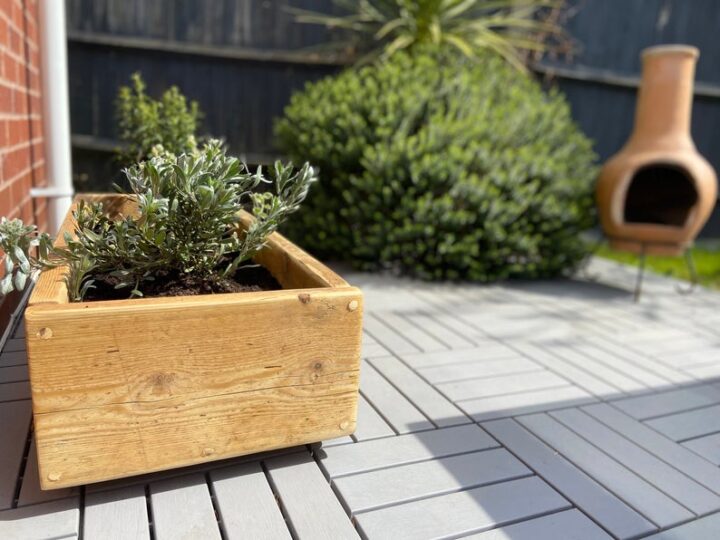
In an era where the cost of living seems ever on the rise, gardening can provide a reprieve for the budget conscious. Reusing materials not only minimizes expenditure on new supplies but also unlocks creative possibilities without breaking the bank. From using old pallets as raised beds to repurposing containers for seed starting, there are ingenious ways to recraft old materials to help with your gardening. Why not reuse any plastic sheeting and bamboo to make a garden grow tunnel, all without breaking the bank?
Material reuse in gardening fosters a spirit of creativity and individuality. Rather than adhering to standard garden designs, repurposed materials allow for unique and bespoke creations that reflect the gardener’s personality and style. Whether it’s crafting a whimsical sculpture from salvaged metal or fashioning a rustic planter from reclaimed wood, the possibilities for personal expression are endless.
Reduced Environmental Footprint
Every newly manufactured product comes with a hidden environmental cost, from raw material extraction to transportation and disposal. By reusing materials, gardeners significantly lessen their environmental footprint, sparing the planet from unnecessary resource extraction and pollution. This conscious approach to gardening aligns with the principles of sustainability and responsible stewardship of the Earth.
Compare this to single-use outdoor furniture options not made from recycled materials. These items, often made from cheap materials, lack durability and resilience to outdoor conditions, leading to premature wear and tear. Additionally, their limited functionality and aesthetics may not meet long-term needs or match evolving design preferences. Ultimately, opting for single-use furniture contributes to waste and environmental strain, detracting from sustainable living practices.
Encouraging Resourcefulness
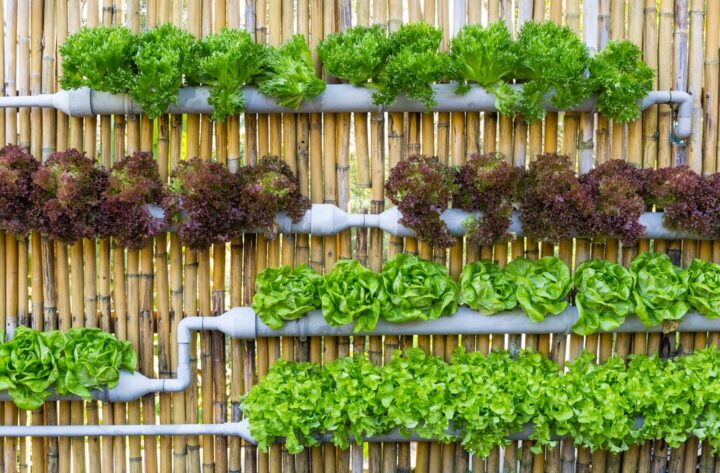
In a throwaway culture where convenience often trumps resourcefulness, gardening provides an opportunity to reconnect with the value of repurposing and recycling. By incorporating reused materials into our garden projects, we cultivate a mindset of resourcefulness that extends beyond the confines of our green spaces and into our daily lives.
The materials you reuse can be broad and wide ranging, and sometimes the best recycled garden furnishings are made from unusual items. For example, a burst rubber car tyre can be reused as a novel planter, and wooden indoor furnishings, like wardrobes or kitchen cabinets, can be repurposed to create tall vertical planting solutions.
Composting
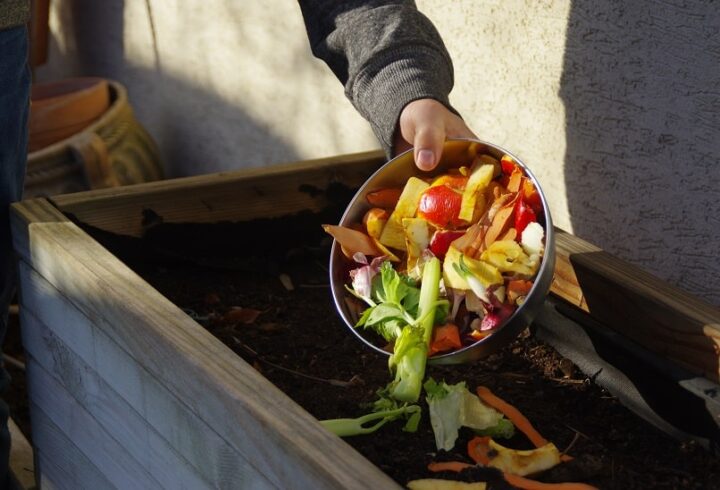
It is not only man-made objects that can be reused in a garden space. Growing compost in compost bins offers numerous advantages for both gardeners and the environment. Compost enriches soil with essential nutrients, promoting healthy plant growth and reducing the need for chemical fertilizers. It enhances soil structure, improving water retention and aeration, which supports a thriving ecosystem of beneficial microorganisms.
Moreover, composting diverts organic waste from landfills, reducing methane emissions and mitigating environmental pollution. By recycling organic materials such as kitchen scraps and yard waste, gardeners contribute to sustainable practices and create a closed-loop system within their own gardens, fostering a healthier planet for future generations. You can make your own compost bin from off cuts of timber, or buy one made from long-life recycled plastic.
Composite Fencing: A Sustainable Upgrade for Your Garden
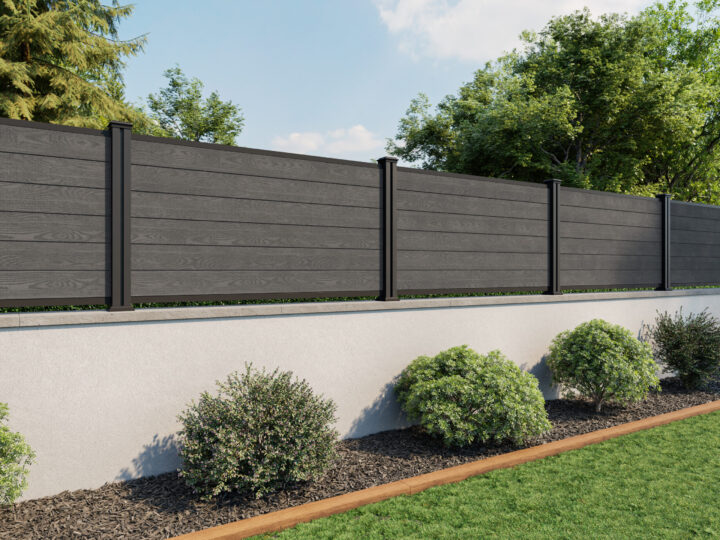
When it comes to upgrading your garden, consider the sustainable option of composite fencing. Unlike traditional timber fencing, composite fencing is crafted from a blend of recycled wood fibres and plastic. This innovative material offers the aesthetic appeal of wood without the maintenance requirements or environmental drawbacks. Composite fencing not only enhances the visual appeal of your garden but also contributes to its longevity and sustainability. With its resistance to rot, decay, and insect infestation, composite fencing outperforms traditional timber alternatives, requiring minimal upkeep and replacement over time. Additionally, by utilising recycled materials in its construction, composite fencing helps divert waste from landfills and reduce the demand for virgin resources.
Moreover, composite fencing offers unparalleled durability, ensuring that your garden remains protected and private for years to come. Its weather-resistant properties make it ideal for withstanding the elements, from scorching sun to torrential rain, without warping, splintering, or fading. This resilience translates to long-term savings on maintenance and replacement costs, making composite fencing a sound investment for both your garden and the environment. Certain composite fencing suppliers even provide special inserts, which help you to reuse your existing timber or concrete fencing posts.
In conclusion, the advantages of reusing materials in gardening are multifaceted and far-reaching. From environmental conservation and cost-effectiveness to fostering creativity and resourcefulness, embracing material reuse enriches our gardening experience while leaving a positive impact on the planet. By incorporating sustainable practices such as composite fencing into our garden projects, we can create spaces that not only flourish aesthetically but also embody our commitment to a greener, more sustainable future.

